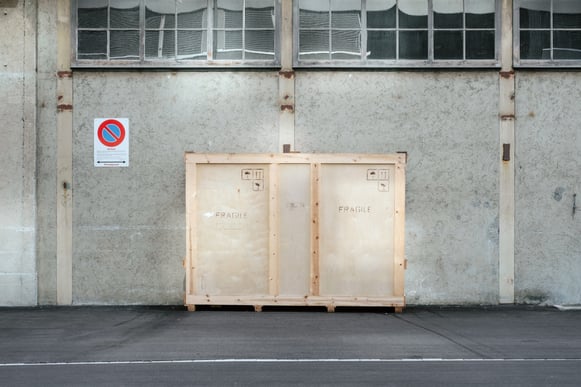REDWOOD LOGIN
Redwood PortalLTL
SCS
SCS Support
Rockfarm
 Packaging is an intrinsic part of the shipping and freight industries. Without proper packaging, transporting items can lead to damaged goods and unhappy customers. Optimizing the way you package your products can have a beneficial impact on your business and your supply chain.
Packaging is an intrinsic part of the shipping and freight industries. Without proper packaging, transporting items can lead to damaged goods and unhappy customers. Optimizing the way you package your products can have a beneficial impact on your business and your supply chain.
Package optimization is the use of smart packaging to contain, communicate and protect your products as they’re being transported from a production facility, warehouse or fulfillment center to their final destination, according to chainanalytics.com. Packaging has an impact on the condition of your product, your customers’ satisfaction, and the environment. Full package optimization takes into account the different types of packaging necessary to successfully deliver your product.
Primary packaging provides the correct amount of product partition as well as providing for a pleasant user experience. This packaging is used for in-store display and usually strives to minimize the amount of space and materials used.
Secondary and tertiary packaging refers to the protective packaging that allows the package to withstand any environmental conditions that it will be subject to over the course of being transported.
There are a number of factors to consider when optimizing your packaging. Among them are:
• Selecting the correct packaging materials - Testing is required to determine how fragile your product is and what types of materials will adequately protect it during transportation. Its primary packaging should result in an easy opening experience that appeals to consumers. Protection from handling and environmental issues that may be experienced while being shipped are addressed by choosing proper secondary and tertiary packaging.
• Choosing the right amount of packaging - This factor has major impacts on your supply chain and the environment. Under-packaging leads to damaged products that raise your costs with returns and product waste. Over-packaging also causes problems including excessive waste introduced into the environment and higher costs for packaging. Stress on the supply chain can also be caused by over-packaging as more space will be required to store and transport the product.
• Correct package design - The right package design employing the right amount and type of packaging materials is a critical factor that can impact your supply chain in a number of ways. Non-standard package shapes that stand out to consumers on store shelves may not be the most efficient way to package your product to take advantage of space in trucks and warehouses.
• Optimizing product count - In situations where you are bundling multiple items together for shipping purposes, you may achieve cost reductions and efficiency gains by revisiting the way you combine your products into packs or pallets.
Optimizing your packaging has benefits to both your business and the environment. There is nothing wrong with being known for your delicate treatment of the world around us by minimizing your use of non-biodegradable materials and reducing packaging where possible.
Supply chain costs are one of the unavoidable expenses faced by all manufacturers and retail establishments. Any way to reduce this expense will directly impact your company’s bottom line in a positive manner. Today’s omnichannel retail strategies also introduce more complexity to your supply chain as delivery on demand and customer returns need to be dealt with using a streamlined process. Optimizing your packaging can help your supply chain deal with both of these potential issues.
According to chainstoreage.com, in order to fully realize cost reduction opportunities, packaging needs to be a joint effort of the marketing and supply chain practitioners within an organization. The shape, strength, and design of the package can impact operating costs significantly.
Reducing costs in packaging materials can lead to more expense with potential damage in the warehousing or transporting of the goods. Increased shipping density can reduce the shipping costs as can package optimization which can reduce corrugate, transportation, and warehousing costs by up to 10%. This is a substantial boost to profits with no expense once the package optimization is complete.
Unless your company exclusively ships one product, you are faced with the choice between simplicity and efficiency when selecting packaging. You can use the same size box for all of your products to reduce complexity, but that will probably lead to a lot of wasted space and reduced efficiency in your delivery process.
Finding the proper balance between complexity and efficiency is an iterative process that all companies involved with shipping should undertake to improve their supply chain expenses. Reducing the number, size, and shape of shipping containers can add up to substantial savings when transporting your products to their final destinations.
As you can see, the selection of the proper packaging can impact your company’s bottom line as well as the environment. Fostering goodwill by reducing waste and protecting the environment can be just as important as safely delivering your product to your customers in a timely manner. Investing in a package optimization review of your products and the way that you ship them is a step that all manufacturers should take. It’s a win-win situation that can only help you remain competitive in today’s market.